9 pandemics: How they ended - Gulf News
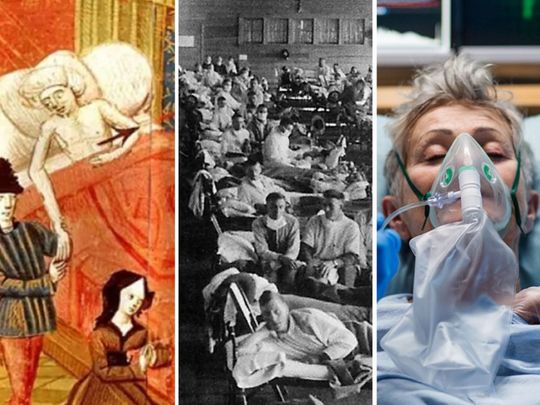
There at least 18 disease outbreaks that brought deadly afflictions to the world. Some are localised (epidemic), confined in a relatively small geographical area, while others are widespread, all-out pandemics. Such outbreaks had been well documented — and have shaped medical science. Virologists point to three conditions for a pandemic to occur:
- It causes disease in humans.
- It is highly transmissible.
- People have no pre-existing immunity to it.
It's been said that in times of distress and trials, there's no greater blessing than patience. Among those imbued with this virtue are the people who spend countless hours caring for the sick and the dying (sometimes paying with their own lives); and those who spend countless hours in labs to find the cause, discover remedy and help end man's plight.
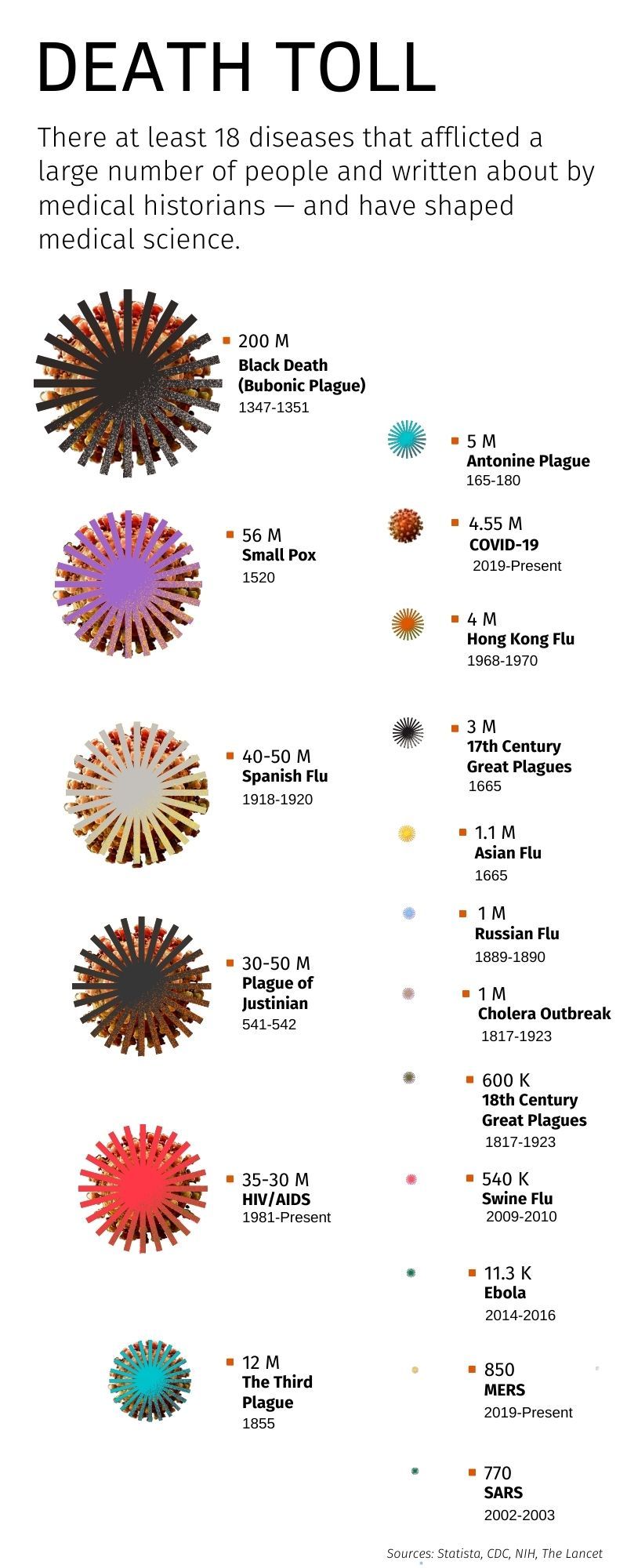
Some of the deadly outbreaks that plagued mankind and how they ended:
[1] PLAGUE OF JUSTINIAN (541 AD)
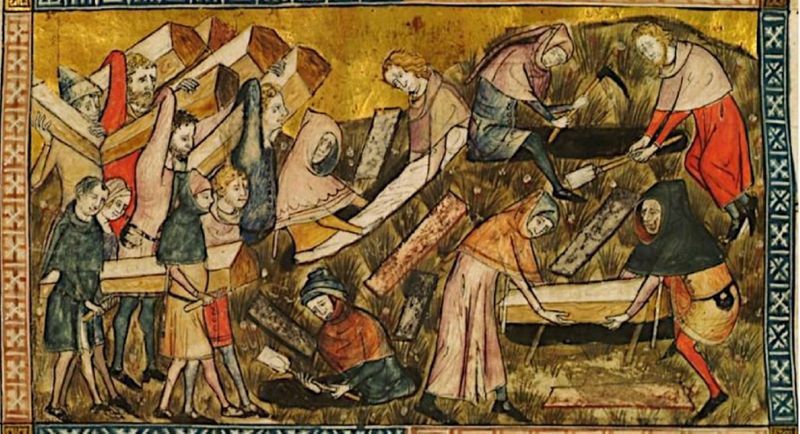
DEATH TOLL: 30-50 million
WHAT HAPPENED: This plague arrived in Constantinople, the Byzantine Empire's capital, in 541 CE. Historians say plague-ridden fleas hitched a ride from Egypt on the black rats that snacked on the grain taken as a tribute to Emperor Justinian. The plague crippled Constantinople (now Istanbul) and spread like wildfire across Europe, Asia, North Africa and Arabia.
HOW IT ENDED:
The best guess by medical historians is that the majority of people somehow survive, and those who survive have developed immunity.
[2] BLACK DEATH: (1347 to 1351)
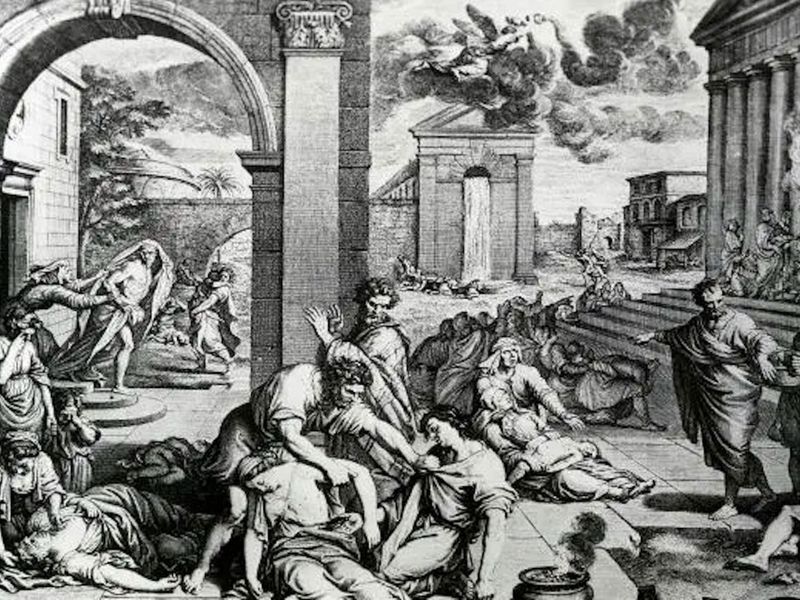
DEATH TOLL: 200 million
WHAT HAPPENED:
The Bubonic Plague (also known as the Pestilence, the Great Mortality or the Plague) hit Europe and North Africa hard. The Black Death was said to have killed at least a third of Europe's population. The same bacterium, Yersinia pestis, that caused the Justinian Plague is behind "Black Death", which came 800 years later. The disease was likely transmitted from rodents to humans by the bite of infected fleas. This was when "quarantine" was invented.
HOW IT ENDED:
One popular theory: quarantines (from the world "quarenta", i.e. 40 days of isolation, usually referring to ships). The uninfected would typically remain in their homes and only leave when it was necessary, while those who could afford to do so would leave the more densely populated areas and live in greater isolation.
[3] ANTONINE PLAGUE (165-180 AD)
DEATH TOLL: 5 million
WHAT HAPPENED:
It erupted during the height of the Roman power throughout the Mediterranean during reign of Marcus Aurelius Antoninus (161-180 CE). It's also known as the Plague of Galen — after Galen, the physician who described it. It's the first known pandemic impacting the Roman Empire. It was first reported in Seleucia (present-day Baghdad in Iraq). Medical historians theorise that it was probably "smallpox", and that the disease was contracted and spread by soldiers who were returning from campaigns in the Near East.
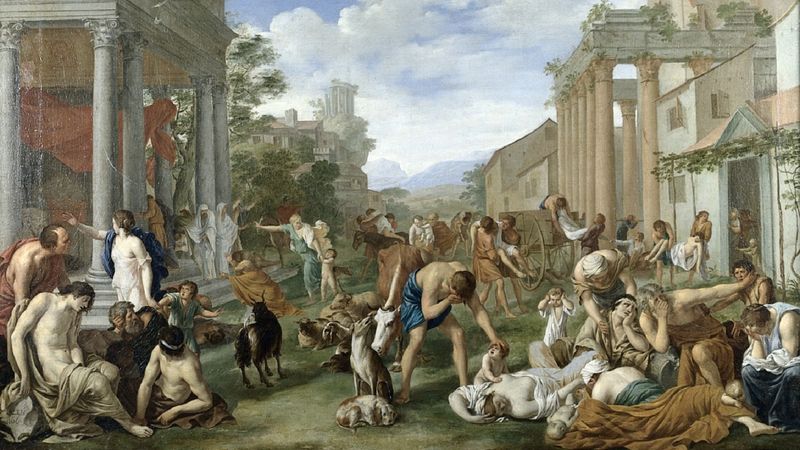
HOW IT ENDED:
With the death of the Roman Emperor Marcus Aurelius, the Antonine plague also died down. On its wake, 10% of Rome's population reported perished. According to other some historians, The plague did not end in 180. Just nine years after it died down, it suddenly reappeared and continued to cause deaths up until 270.
• Some of the earliest pandemics faded by wiping out huge parts of the population. Advances in medical science and human behavioural change have helped curb disease spread.
• Today, urbanisation and global travel play a huge part in the spread of disease. Today, intercontinental flights help spread infections far and wide.
[4] 17th CENTURY GREAT PLAGUES ( 1348 to 1665)
DEATH TOLL: 3 million
WHAT HAPPENED:
It's a continuous affliction stretching over 300 years. From 1348 to 1665, the plague resurfaced roughly every 10 years, such that there were 40 recorded outbreaks in over 300 years. By the early 1500s, England imposed the first laws to separate and isolate the sick.
HOW IT ENDED: Historians say the plague did not have a clear end. London saw 40 such episodes from 1348 to 1665 (one every 10 years). And with each new plague, 20% of the men, women and children living in the British capital were killed. The Great Plague of 1665 was the last — and one of the worst of the centuries-long outbreaks.
All public entertainment was banned and victims were forcibly shut into their homes to prevent the spread of the disease. Red crosses were painted on their doors along with a plea for forgiveness: "Lord have mercy upon us."
[5] SMALLPOX PANDEMIC (1520)
DEATH TOLL: 30% of people infected; 10 million in Mexico/North America
WHAT HAPPENED: For hundreds of years, smallpox was endemic to Europe, Asia and Arabia. It's a constant health threat that killed 30% of people it infected — and left the rest with pockmarked scars. However, deaths wrought on native populations in North America ("New World") that came in the 15th century with the first European explorers. The indigenous populations of modern-day Mexico and the US had zero natural immunity; smallpox decimated up to 95% over a period of 100 years.
HOW IT ENDED: In the late 18th-century, Edward Jenner, a British doctor, discovered that milkmaids infected with a milder virus called "cowpox" seemed immune to smallpox. Jenner famously inoculated his gardener's 8-year-old son with cowpox and then exposed him to the smallpox virus — with no ill effect. That was the world's first vaccine. Jenner is known as the father of vaccinology. "[T]he annihilation of the smallpox, the most dreadful scourge of the human species, must be the final result of this practice," wrote Jenner in 1801.
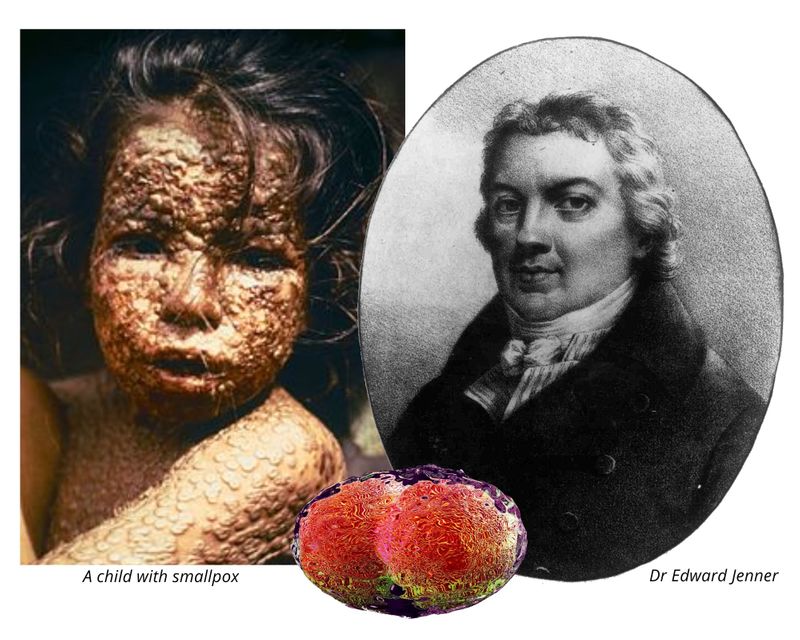
[6] SPANISH FLU ( 1918-1920)
DEATH TOLL: 40-50 million
WHAT HAPPENED: The 20th Century's deadliest pandemic, caused by the H1N1 virus, infected about 500 million people and killed at least 50 million (675,000 in the US alone).
HOW IT ENDED:
Over time, those who contracted the virus developed an immunity to the new strand of flu virus, and life returned to normal by the early 1920s.
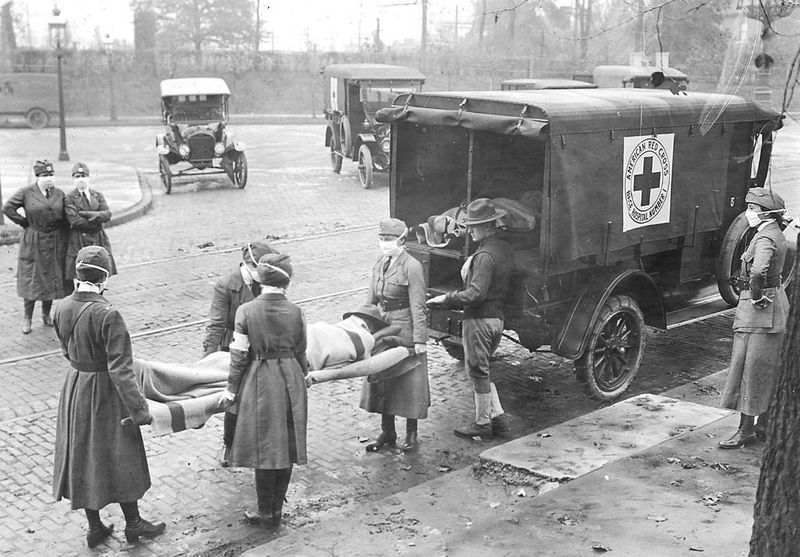
[7] THE RUSSIAN FLU PANDEMIC (1889–1890)
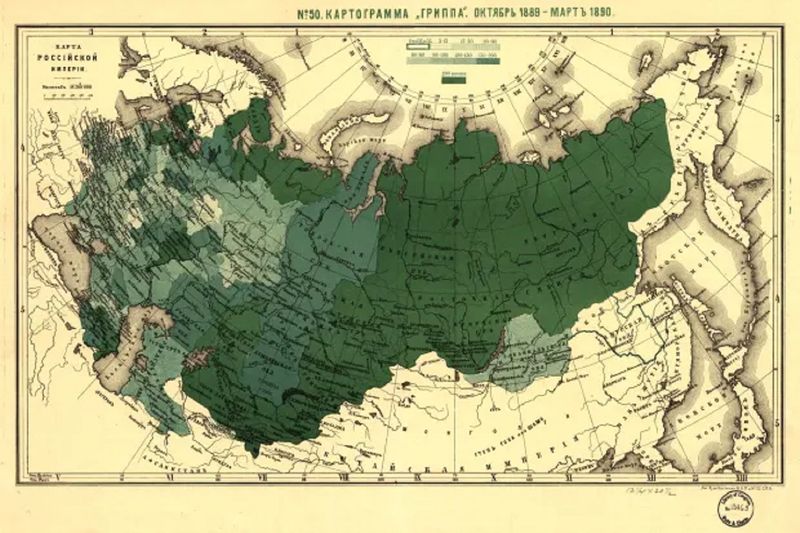
DEATH TOLL: Up to 1 million
WHAT HAPPENED:
The pandemic caused painful conjunctivitis and inflamed lungs, among others. It was often referred to as the "Asiatic flu", and also as the "Russian Flu", as the epidemic had broken out in St Petersburg in November, 1889. A Lancet report in 2020 quoted earlier editions of the journal in which doctors reported what they saw in clinical practice. The best-known Russian Flu invalids in the UK were male — including the then-British PM and Foreign Secretary Lord Salisbury, Liberal Party leader and (later) PM Lord Rosebery. The neurological conditions observed after this affliction were given many names: neuralgia, neurasthenia, neuritis, nerve exhaustion, "grippe catalepsy", "post-grippal numbness", psychoses, "prostration", "inertia", anxiety, and paranoia.
HOW IT ENDED:
The Lancet quoted the "1889–92 epidemic" report prepared by H Franklin Parsons, medical investigator for England's Local Government Board, who stated that "severe recrudescences" were observed in 1893, 1895, 1898, and 1899–1900. "The official end of the pandemic, therefore, did not mean the end of illness but was merely the prelude to a longue durée of baffling sequelae," the journal reported.
[8] SWINE FLU PANDEMIC (April 2009 to AUGUST 2010)
DEATH TOLL: 575,400 (CDC estimate)
WHAT HAPPENED:
Officially, it was known as the (H1N1)pdm09 virus infection. Swine flu pandemic is caused by a strain of influenza virus that usually only infects pigs. Transmission usually occurs from person to person. Swine flu is very contagious: An estimated 10% of the world's population caught disease.
The disease is transmitted through aerosol, saliva and mucus particles. People may spread it by sneezing, coughing, touching a virus-covered surface, and then touching their eyes or nose. Then, about six months into the pandemic, a vaccine was available. CDC estimated that 151,700-575,400 people worldwide died from (H1N1)pdm09 virus infection.
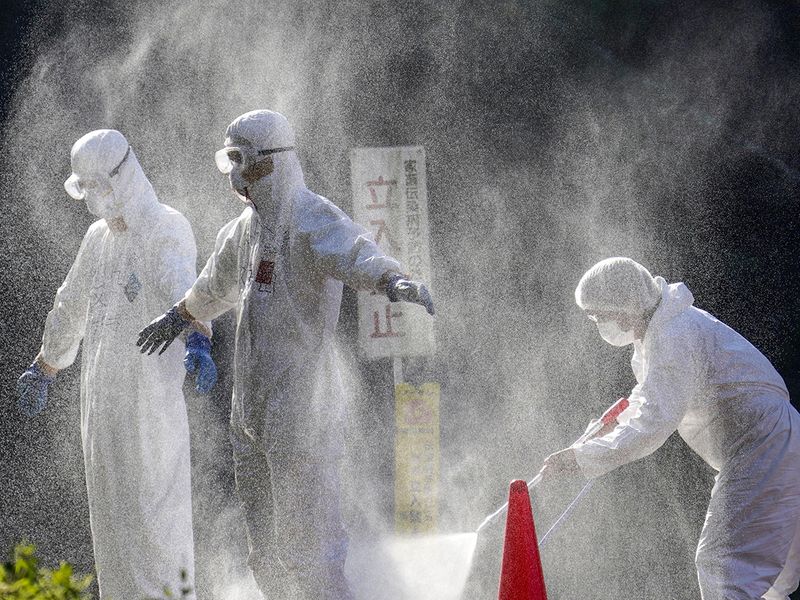
HOW IT ENDED:
The US CDC stated that two doses same flu vaccine (separated by 4 weeks) that protects against seasonal flu also protects against the (H1N1)pdm09 swine flu virus strain. It is administered via intramuscular injection or via nasal spray. Also, two antiviral drugs were recommended to treat swine flu: the oral drugs oseltamivir (Tamiflu) and zanamivir (Relenza). As flu viruses can develop resistance to these drugs, however, the medications were reserved for people who were at high risk for the flu complications. People who are otherwise generally healthy and get swine flu will be able to fight the infection on their own. On August 10, 2010, WHO declared an end to the global 2009 H1N1 influenza pandemic. "However, (H1N1)pdm09 virus continues to circulate as a seasonal flu virus, and cause illness, hospitalisation, and deaths worldwide every year," CDC reported.
[9] HONG KONG FLU (1968-1970)
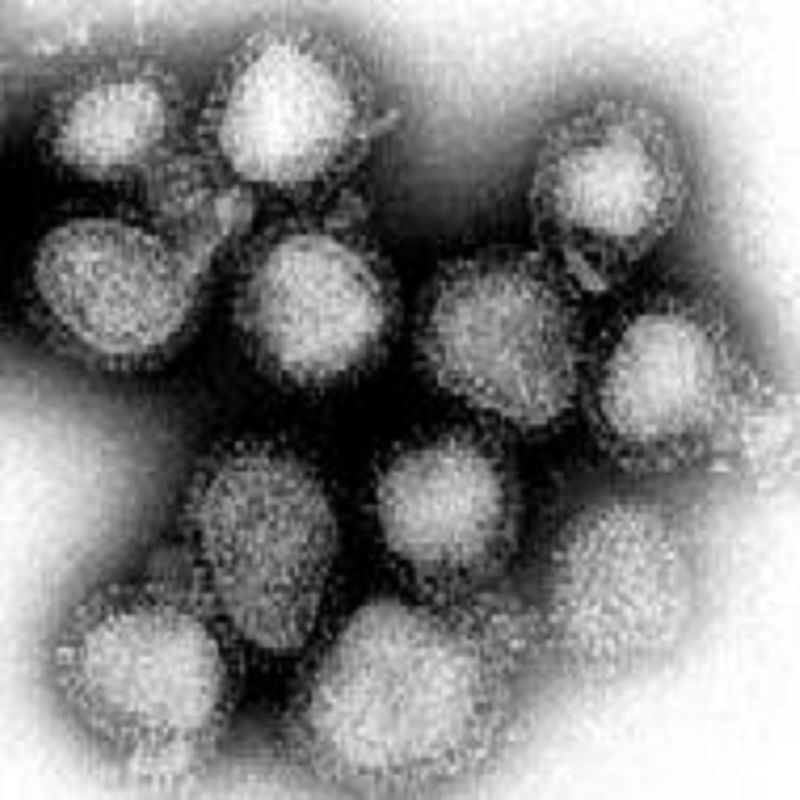
DEATH TOLL: 4 million
WHAT HAPPENED:
The first record of the outbreak in Hong Kong appeared on July 13, 1968. It followed a previous outbreak about 11 years years earlier (1957) caused by the H2N2, which medical literature also called a "pandemic". By the end of July 1968, extensive outbreaks were reported in Vietnam and Singapore.
Caused by the H3N2 strain of the influenza A virus, the 1968 'Hong Kong Flu' was a global outbreak that may have caused the deaths of up to four million, worldwide. By the end of December the virus had spread throughout Southeast Asia, the US, UK and western Europe. Air travel by an estimated 160 million persons during the pandemic facilitated rapid transmission worldwide, according to a report by the US National Institutes of Health.
HOW IT ENDED:
It's not clear a clear ending. A global effort led by the US and the UK saw a highly effective vaccine being manufactured as early as November 1969. Some 15 million global doses were available by the pandemic's early peak, in January 1969. Powerful new antivirals were used to fight the virus, too.
Scientists say the H3N2 virus that caused the 1968 Hong Kong pandemic is still in circulation today, according to virologists. It is considered to be a strain of seasonal influenza. In the 1990s a closely-related H3N2 virus was isolated from swine. Scientists suspect that the human H3N2 virus jumped to pigs; infected animals may show symptoms of swine flu.

Comments
Post a Comment